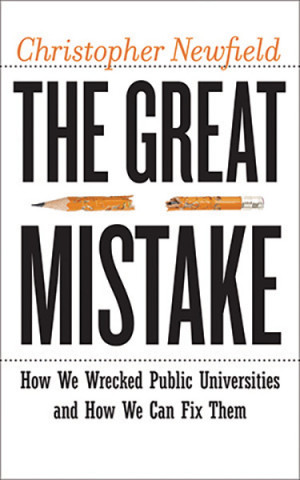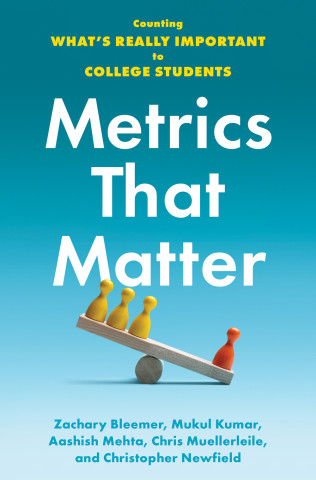In a speech last week, University of Missouri President Gary Forsee cited some all-too-familiar stats about the decline of public funding for Missouri higher ed. Missouri is 47th out of 50 in per-capita spending on higher education, in part because the share of the U of M budget that comes from the state has fallen from over 60% to 30% in the last eight years.
Missouri's growth in student enrollments was also weak (39th of 50), so its increase in approporiations between 2001 and 2006 was actually above average (SHEEO's State Higher Education Finance FY 2006, Figures 12 and 13). That's a sad commentary on the rest of the country. Missouri is a little sadder though - its tax effort per capita is 0.71, where the US average is 1.0.
Forsee asks how Missouri can prepare itself for the economy of the future with that kind of higher ed spending. The same question goes for states that think they are the economy of the future, like California. California is still above the US averge, but not by much. A super-competitive economy supposedly means you need to be much more special to do well, not be somewhat above average.
We also need to explain how universities help broader social goals, like supporting "minority-majority" states that work because they are equitable. But even in mainstream economic terms, higher ed investment looks poor.
Trump NIL
16 hours ago




0 comments:
Join the Conversation
Note: Firefox is occasionally incompatible with our comments section. We apologize for the inconvenience.